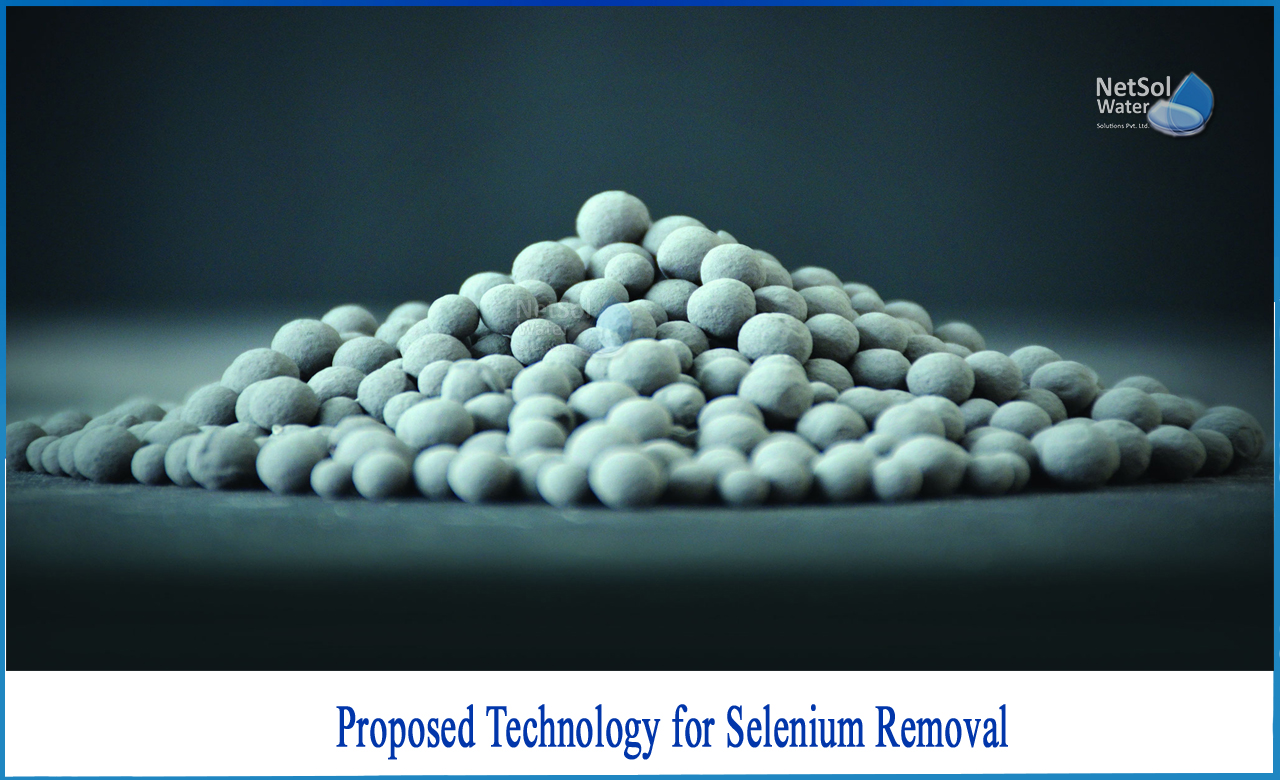Overview
It is well established that higher concentrations of selenium in drinking water are toxic to both humans and aquatic life. Selenium is widely used in the production of photocells, rectifiers, xerography equipment, paint, glass, and insecticides. The concentration of selenium in industrial effluents can range from 1 to 7000 g/L.
Sedimentation, filtration, activated carbon adsorption, ion exchange, reverse osmosis, and biological treatment are all methods for removing selenium from water and wastewater.
Selenium is a naturally occurring element that is distributed unevenly in the earth's crust. Selenium is typically found in high concentrations in ore deposits containing other elements. It is most commonly used in electronic and photocopier components, but it is also used in other materials such as glass, rubber, and metals. The most common source of selenium contamination in the environment is copper smelting activities. Selenium can enter water supplies through contact with minerals containing selenium or through contact with polluted soil or water.
Selenium and Human Health
Selenium is a trace mineral nutrient that humans require in trace amounts. The majority of selenium consumed by humans comes from food. Deficiency in this mineral can cause atherosclerosis and increase susceptibility to chronic diseases.
Even though selenium is required in trace amounts, excessive amounts are toxic. Selenium is toxic at doses ranging from 0.7 to 7 milligrams (mg) per day. Changes in hair and fingernails, nervous system damage, fatigue, and irritability are all short-term effects.
Long-term selenium exposure can cause hair and fingernail loss, dermatitis, kidney and liver damage, and nervous and circulatory system problems.
How to get Selenium out of your Drinking Water?
In water, selenium exists in two forms chemically. Under oxidizing conditions, selenium (VI), the oxidized form of selenium, predominates, while selenium (IV) predominates under reducing conditions. Some methods of removing selenium from water are more effective than others depending on its chemical form.
Selenium can be removed from drinking water using a variety of techniques such as reverse osmosis, distillation, strong base anion exchange filtering, and activated alumina adsorption.
Distillation systems work by distilling the dissolved solids from the water. Furthermore, because they use electricity to boil the water, their operating costs are higher than those of reverse osmosis systems.
Strong base anion exchange filters work by adsorbing selenate ions (a type of dissolved selenium (VI)) onto anion-exchange resins to remove them. Because these resins preferentially adsorb selenate ions, they can remove selenium even when saturated with other ions like sulphate. If selenium (IV) is present, it must be converted to selenium (VI) via free chlorine oxidation.
How does reverse osmosis help in removal of Selenium?
Water is forced through a semi-permeable membrane that allows water molecules to pass through while blocking larger ions such as those associated with iron, lead, and selenium. Reverse osmosis systems in homes are typically small point-of-use systems located near the kitchen sink. Although reverse osmosis systems are inexpensive, they can only produce a few gallons of treated water per day.
Selenium is removed in filter cartridges, which may be part of point-of-use systems (near the kitchen sink) or point-of-entry systems that treat all water entering the house.
Activated alumina adsorption filters are effective in removing selenium (IV), but not as effective in removing selenium (III) (VI). By adsorbing selenium onto mineral particles, these filters remove it. Filter cartridges can be used in either point-of-use or point-of-entry systems. Filters in filtration systems must be replaced or regenerated on a regular basis to maintain their effectiveness over time.
What can Netsol Water offer?
Netsol Water offers a comprehensive range of water treatment technologies (Reverse Osmosis and much more) and services to meet the demands of a variety of industries, and our skilled staff can make suggestions on the best solution. This might be as simple as optimizing current equipment and methods to achieve the desired performance or including a new phase into the treatment process.
Netsol Water is Greater Noida-based leading water & wastewater treatment plant manufacturer. We are industry's most demanding company based on client review and work quality. We are known as best commercial RO plant manufacturers, industrial RO plant manufacturer, sewage treatment plant manufacturer, Water Softener Plant Manufacturers and effluent treatment plant manufacturers. Apart from this 24x7 customer support is our USP. Call on +91-9650608473, or write us at enquiry@netsolwater.com for any support, inquiry or product-purchase related query.



